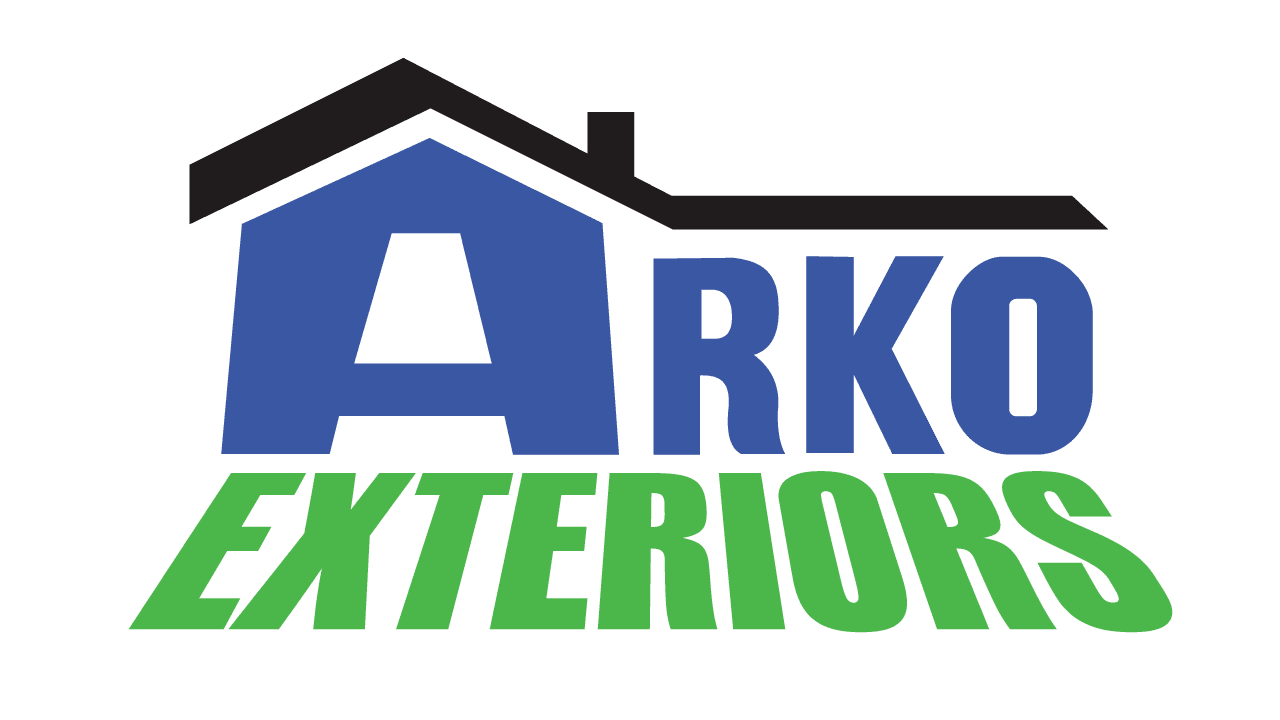As a homeowner, it is essential to know about shielding and securing your flat roof from snow-related damage, particularly as winter approaches. While snow may pose an inconvenience, it has the potential to cause significant issues for your home. Neglecting snow accumulation can result in leaks, ice dams, and structural vulnerabilities.
Issues Flat Roofs Have with Snow
Conventional pitched roofs benefit from gravity, which naturally helps in snow removal from the structure. In contrast, flat or low-pitched roofs face a slightly higher risk of snow-related damage because they lack the help of gravity to pull them down.
Allowing snow to accumulate for an extended period can result in roof collapse or damage. As the snow or ice begins to melt, whether due to the sun’s natural warmth during the day or indoor heat rising, it is likely to create pools of water.
However, as the day turns to night and temperatures drop, the water may freeze once more. This cycle of daytime melting and nighttime freezing during winter weather can lead to significant deterioration, potentially causing leaks that result in the membrane sagging and blistering.
As a result, you as a homeowner must take steps to protect your roof against snow hazards.
Essential Tips to Protect Your Flat Roof Against Snow Hazards
The attention of most people is always on road hazards when the cold winter season sets in. However, amid these concerns about the road, snow can significantly affect your home. It is essential to consider how the harsh weather can affect your home.
To help you shield and secure your home, here are tips for protecting your flat roof.
1. Perform regular inspection

Regular seasonal inspections are crucial for the maintenance of your flat roof. As the seasons change towards winter, it becomes important to focus on several key aspects. It is essential to ensure that the drainage system is functioning efficiently, preventing water from pooling and potentially causing damage.
Clearing away leaves, debris, and any obstructions that might affect water flow is a vital part of this process. Additionally, a thorough assessment of the flashings for any caulk defects is necessary to maintain the roof’s integrity. For a thorough inspection, a professional inspection is highly recommended, as it provides the most effective way to ensure that your flat roof is safe.
2. Perform waterproofing
It is wise to improve the strength of your flat roof against snow, ice, and rain. One highly recommended approach is the application of waterproof membranes. These impermeable sheets are designed to withstand the elements and typically offer a service life of approximately 20 to 30 years.
Waterproofing serves as a strong defense mechanism, sealing existing cracks, preventing leaks, and safeguarding the roof’s surface from moisture infiltration. It also acts as a barrier against external threats, as well as contributes to the structural integrity of your roof. This ensures that your roof remains in good condition and ready to withstand the challenges of snow.
3. Clean gutters and downspouts

As you go about your annual autumn maintenance routine for your flat roof, you must pay attention to your gutter and drain systems. Clearing out all gutters and downspouts is a priority in preparing your flat roof for the upcoming winter season. Your flat roof should have at least one reliable drain hub, which acts as a crucial component in redirecting rain and melted snow away from the roof’s surface.
During this cleaning process, you must also look for any signs of pooling or blockages. If you detect areas where water is collecting or your drains are obstructed with debris, twigs, or leaves, immediately seek assistance from a roofing contractor. By maintaining a clean and efficient drainage system, you are taking steps to protect your flat roof from snow hazards.
4. Ensure proper insulation
An attic serves as a vital insulation barrier that acts as a shield between the warmth within your home and the outer elements, including the roof. However, the design of flat roofs is different from their sloped counterparts because they do not have the conventional attic space. This difference shows how important it is to address the insulation of a flat roof in a different way.
Without adequate insulation, the indoor heat from your home can inadvertently trigger the premature melting of snow on your flat roof. Therefore, safeguarding your flat roof from excessive harm becomes a must. It is crucial to ensure that your roof is well-insulated before the onset of winter to help minimize the risk of snow-related complications.
5. Clear away snow
When it comes to the accumulation of snow, you must follow a proactive approach to prevent damage. Ensure that you clear away the snow, but exercise caution to avoid damaging any vital pipes or vents in the process. Instead of venturing onto the slippery roof, you should use a snow rake which is a safer alternative that allows you to remove snow from the ground or another secure location.
Nevertheless, if the snow loads become excessive and pose safety risks, seek the expertise of a qualified professional. Their experience and equipment can effectively address the challenge, ensuring your roof remains intact and safeguarded from potential damage while maintaining your safety.
Conclusion
Safeguarding your flat roof against snow hazards is crucial to the integrity of your home. Regular maintenance, proper insulation, drainage care, and proactive snow removal are tips that will ensure that snow-related damages are avoided. By following these essential tips, you can shield and secure your flat roof and ensure its resilience during the winter season.

